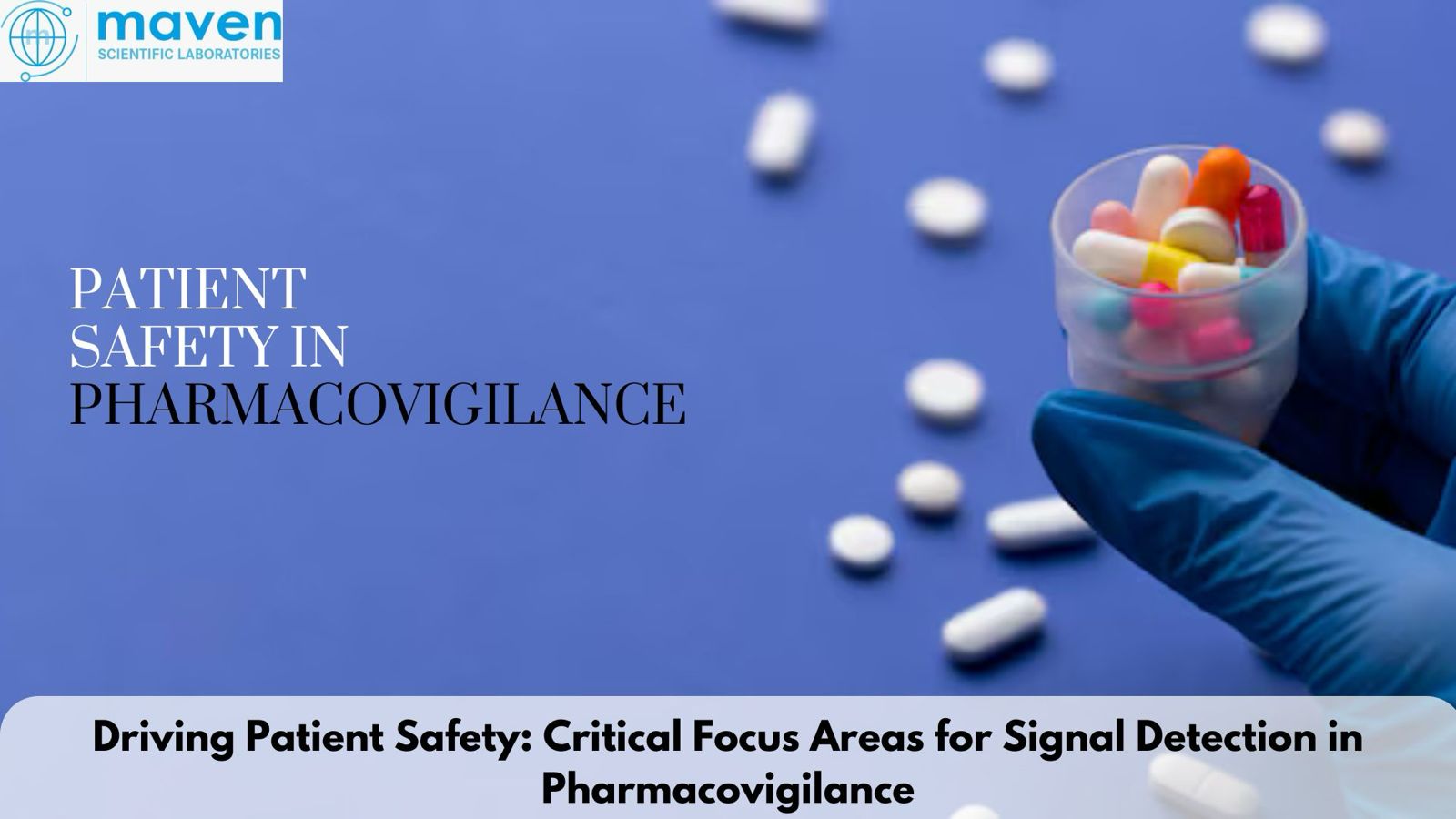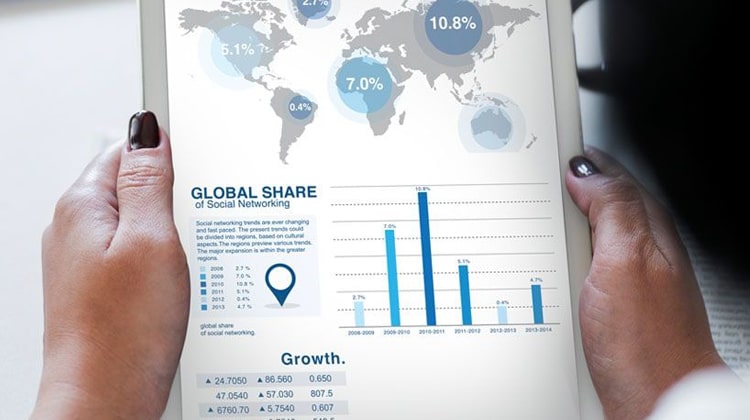
Driving Patient Safety: Critical Focus Areas For Signal Detection In Pharmacovigilance
In pharmacovigilance, recognizing and responding to safety signals swiftly is crucial for patient safety. A "signal" refers to a hypothesis, supported by evidence, of a new or known adverse event that may be associated with a drug. Effective signal detection is essential for identifying potential risks and mitigating them proactively. Below, we explore critical areas, challenges, and strategies for optimizing signal detection in pharmacovigilance.
Key Areas for Signal Detection
- Rare but Severe Adverse Events: Monitoring rare events with fatal outcomes or serious medical implications, often referred to as Designated Medical Events, is crucial.
- Unlabelled Risks: Identifying risks not currently included in the product's labelling or risk mitigation documentation is vital.
- Increased Frequency of Known Adverse Events: A significant rise in the occurrence of known adverse events should trigger immediate investigation.
- Off-Label Usage Impacts: Serious implications arising from widespread unapproved (off-label) usage of a drug can indicate potential safety concerns.
- Drug Interactions: New information regarding interactions with other medications, especially those leading to severe outcomes, must be closely monitored.
- Adverse Events in Vulnerable Populations: Reports involving pregnant women, foetuses, breastfeeding infants, paediatric, or geriatric populations are critical and require prompt action.
- Lack of Efficacy Reports: Signals indicating that a drug may be less effective than expected should be prioritized for investigation.
- Potential Abuse or Dependence: Signals suggesting potential abuse, dependence, or severe withdrawal symptoms should be monitored closely.
- Data from Newly Approved Products: Newly marketed products or those approved for new indications require vigilant monitoring as they may present unforeseen risks.
Common Challenges in Signal Detection
Despite its importance, several challenges can hinder effective signal detection:
- Data Quality and Integration: Managing diverse data sources can complicate signal detection. Ensuring high-quality, consistent data is essential for accurate analysis.
- Timely Decision-Making: Delays in decision-making can impede effective risk management and compromise patient safety.
- Global Regulatory Compliance: Navigating diverse international regulations can be complex and requires a harmonized approach.
- Technological Advancements: Keeping pace with rapid technological changes and integrating new tools into existing systems can be challenging but necessary.
Strategies to Overcome Challenges
Pharmaceutical and biotech companies can implement several strategies to address these challenges effectively:
- Robust Data Management Systems: Investing in advanced data management systems enhances signal detection capabilities by handling large volumes of diverse data sources.
- Standardized Data Collection: Developing standardized processes ensures consistency and reliability across different data sources.
- Utilization of Machine Learning: Leveraging machine learning algorithms can automate data analysis and expedite signal detection processes by identifying patterns more efficiently.
- Real-Time Monitoring Systems: Implementing systems for real-time monitoring facilitates quicker identification of emerging signals and enables faster decision-making.
How Maven Can Support Signal Detection
Maven offers comprehensive support for signal detection through advanced technologies and methodologies. By leveraging artificial intelligence (AI) and machine learning (ML), Maven enables real-time safety signal detection and enhances data integration from various sources. Their hybrid approach combines qualitative assessments with quantitative analysis to improve the accuracy and efficiency of signal detection processes.
Maven’s expertise in pharmacovigilance allows organizations to stay ahead of potential safety signals while ensuring compliance with global regulatory standards. They provide tailored solutions that address specific challenges faced by pharmaceutical companies, ensuring that patient safety remains a top priority.
Conclusion
Timely recognition and response to safety signals are essential components of pharmacovigilance that safeguard patient health. By closely monitoring critical areas and addressing common challenges through strategic investments in technology and data management, Marketing Authorization Holders (MAHs) can enhance their signal detection capabilities. This proactive approach not only mitigates potential risks but also ensures that the therapeutic benefits of drugs continue to outweigh their risks.
If you need assistance implementing effective signal detection strategies or enhancing your pharmacovigilance processes, contact Maven today. Our team is ready to help you navigate the complexities of signal detection efficiently while ensuring compliance with regulatory requirements.







